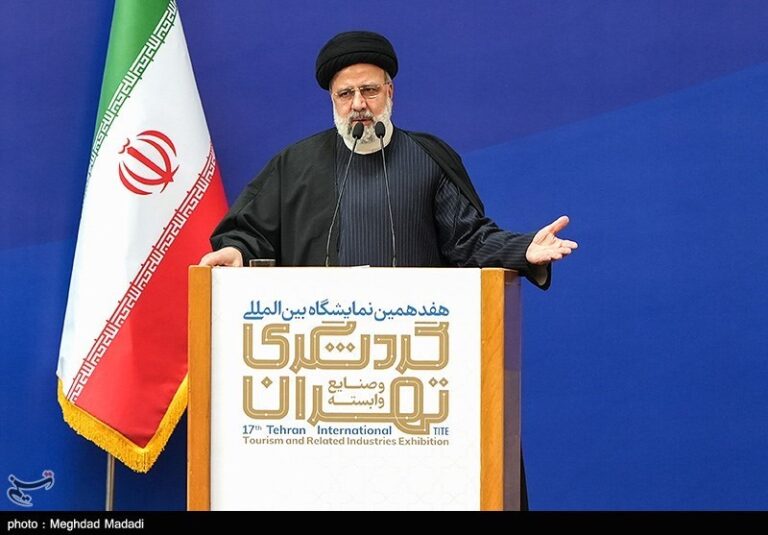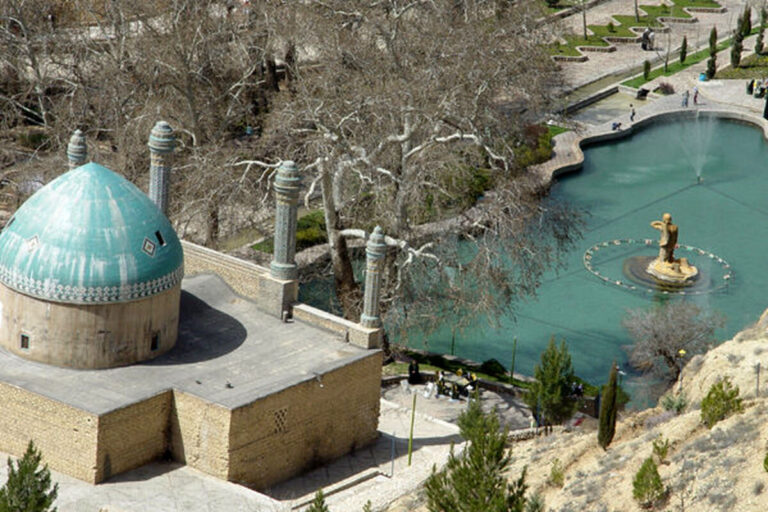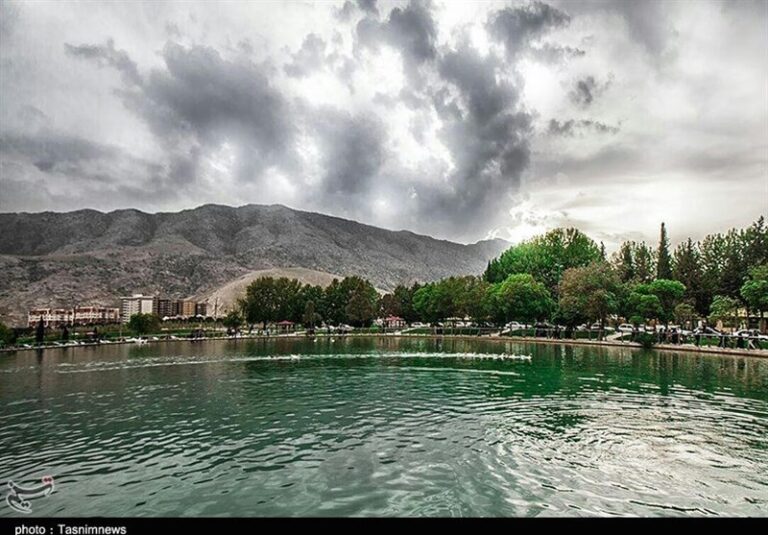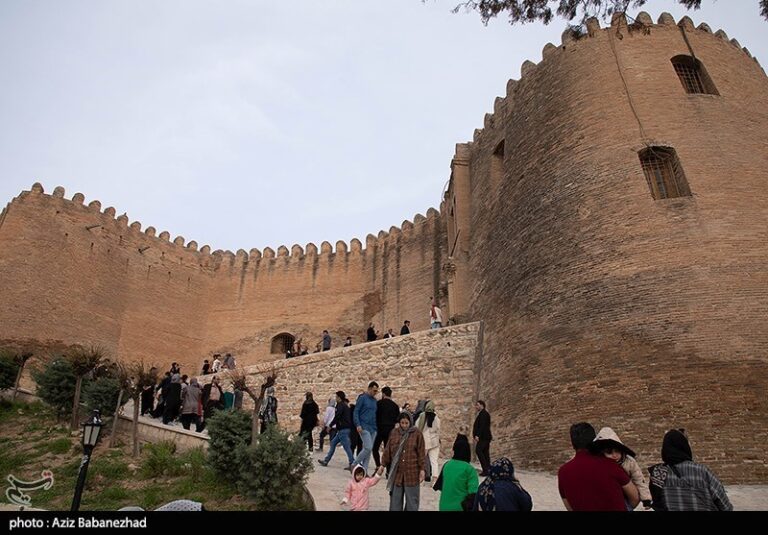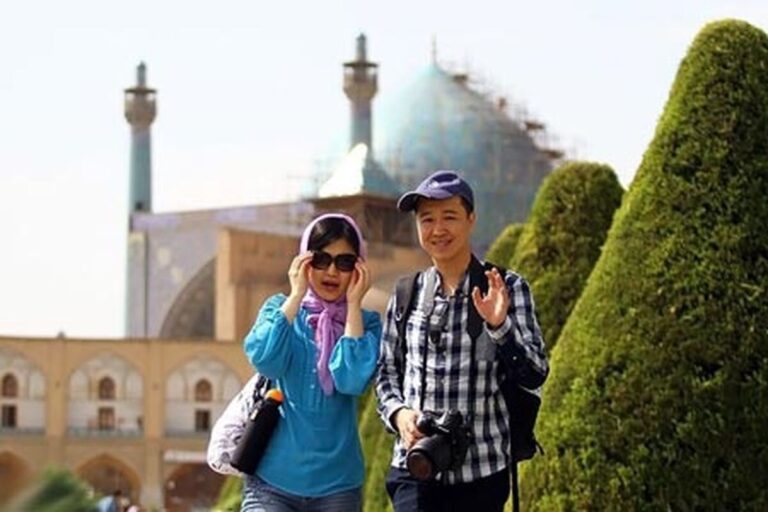Ancient Sassanid Pottery Fragment Unearthed in Isfahan Province: A Glimpse into Persia’s Artistic Heritage
TEHRAN— A significant archaeological discovery has emerged in the Lenjan district of Iran’s Isfahan province, where a fragment of inscribed pottery, known as an ostraca, has been uncovered. This finding provides crucial insights into the commercial and industrial settlement that once thrived on the banks of the Zayandehroud River during the Sassanid era.
This relic, now recognized as one of the most important archaeological findings of the current Iranian year, promises to open a new chapter in historical research in Lenjan, as reported by ISNA. Aqil Aqili, the head of the Archaeology Committee at the Isfahan Province Tourist Guides Association, emphasized that this accidental discovery is the result of the diligent efforts of the Lenjan Heritage Preservation Association.
During a scientific visit organized by the Lenjan Heritage Preservation Association, a variety of archaeological evidence was documented, including:
- Architectural remains
- Scattered pottery shards
- Metal slags
- A stone tool
- An ostracon inscribed in Sassanid Pahlavi script
“Following preliminary studies and reading the inscribed pottery, I understood that it is number six in Middle Persian script,” stated Aqili. This observation was later confirmed by Sirous Nasrollahzadeh, the head of Iran’s Linguistics Research Institute. The significance of this inscribed pottery extends beyond linguistics; it is essential for understanding the socio-economic dynamics of the time.
The inscribed pottery served as a medium for documenting important information, including:
- Remittances
- Receipts
- Exchanges of goods
Notably, other ostracas have been discovered in various locations, such as:
- Tappe Mill in Varamin
- Chaleh Tarkhan in Rey
- Abunasr Fortress in Shiraz
- Hegmataneh Hill (discovered in 1984)
He further explained that research conducted by Rasoul Bashash, a faculty member of the Linguistics Research Institute, examined ostracas from the Parthian era, late Sassanid era, and early Islamic era. The findings indicate that in Nisa city, inscribed pottery items were often parts of unbroken dishes containing information about:
- Names of gardens
- Locations
- Delivery dates of goods, such as vinegar
- Quantities and names of suppliers
In contrast, the inscribed potteries found around Varamin and Chaleh Tarkhan were often broken pieces used for remittances or notes, with writings that did not relate directly to the primary content of the dish.
Aqili noted that while the main focus of the potteries from the Nisa site was the delivery of extracts like vinegar, many fragments from Varamin, Chaleh Tarkhan, and Hegmataneh recorded various agricultural items, including:
- Wheat flour
- Barley
- Other goods
These inscriptions were likely utilized for remittances or receipts exchanged among individuals. The markings on many pottery fragments around Varamin might indicate corrections or adjustments to the recorded items.
From the content of this inscription, it can be inferred that the site was a significant industrial and commercial hub during the late Sassanid era, likely continuing into the early Islamic centuries. The presence of metal tools and slag remains further supports the notion of metal smelting and production at this location.
Aqili highlighted that the Lenjan district, particularly the city of Khan Lenjan, has historically been recognized as one of the most prosperous settlements in the Jibal province (western Iran). This area has been documented by notable geographers, including:
- Ibn Hawqal
- Al-Muqaddasi
- Yaqut Hamavi
The Khan Lenjan fortress, located nearby, played a crucial role in the political, agricultural, and defense advancements of the region. According to archaeologist Jaleh Kamalizad, Khan Lenjan was once a township within Lenjan city during the early Islamic centuries, serving as a political subdivision of Isfahan.
Despite its historical ties to Isfahan, Khan Lenjan township significantly influenced the Lenjan region. However, its prominence waned during the Ilkhanid era, following the destruction of the mountain castle and the relocation of the district center to Firuzan.
With this recent discovery, attention has once again turned to Lenjan. Aqili expressed optimism that with the official registration of this site and the initiation of scientific studies and excavations, new dimensions of the economic, cultural, and environmental history of this region in Isfahan province will be revealed.

